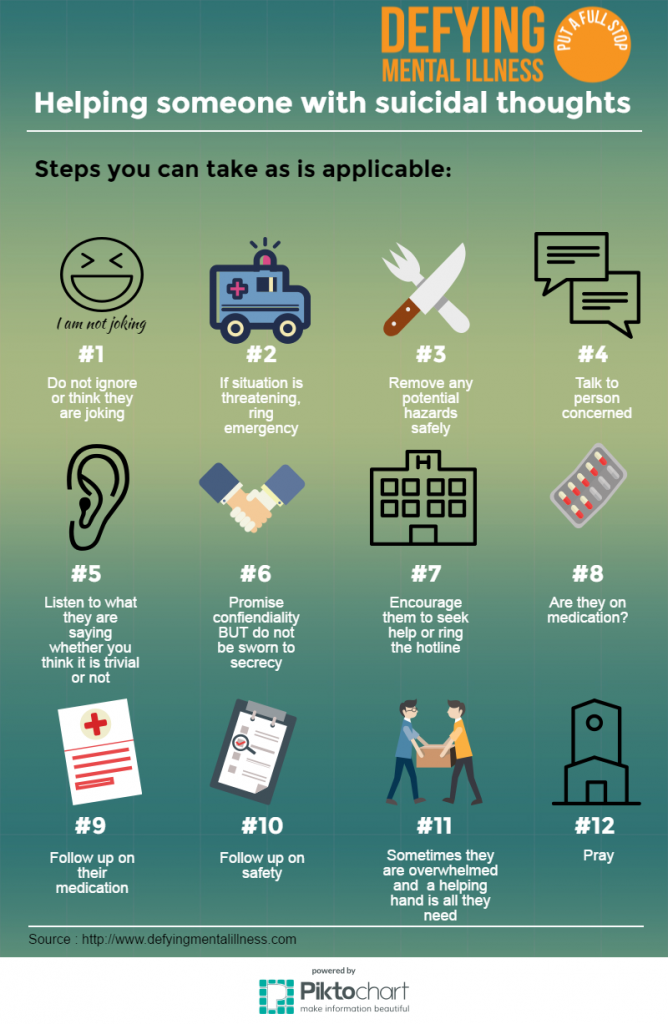How To Find A Therapist
How To Find A Therapist
Blog Article
How Does Dilemma Intervention Job?
The primary step in dilemma treatment includes guaranteeing that the customer is risk-free. This can include examining for factors like agitation or access to unsafe things.
The next step entails learning more regarding the customer's current issues. This is often done with energetic listening and empathy. This can assist the situation responder determine just how the situation intensified to a situation.
De-escalation
Many elements can trigger a person to enter a state of dilemma. These factors may include a loss of control, absence of resources or feelings of concern and anxiousness. Generally, people that remain in a state of crisis need instant aid and assistance.
To de-escalate a crisis circumstance, the very first step is to guarantee that the client is risk-free and safe and secure. This can include getting them into a psychological wellness facility or other treatment program. It may likewise include supplying aid and solutions, such as shelter and food.
Once the client is safely in a risk-free setting, the situation treatment employee can begin assessing their emotions and requirements. This includes reviewing the speeding up occasion, the customer's assumptions of the meaning and reason of the incident, and the amount of subjective distress. This information will help the crisis intervention employee establish an activity strategy to minimize distress and boost working. They may likewise ask the client to recommend healthy or flexible cognitions regarding their current scenario.
Connection building
Connection is a soft skill that aids you build trust fund and establish two-way interaction. It is likewise a key part of structure relationships at the office. It's an essential skill for all staff member, yet it's especially crucial for customer-facing specialists and people in leadership settings.
Relationship building involves producing a secure, nonjudgmental space where clients can discuss their sensations and share their experiences. It concentrates on empathy, validation and functional advice. It also aims to equip customers by giving details about regional sources and solutions, such as situation therapy or walk-in centers.
Some clients are reluctant to discuss delicate or individual subjects, so it's important to take their lead. It is also a good idea to ask concerns that are clear and succinct. In this manner, clients will certainly understand what is being said and can feel comfortable sharing their thoughts and sensations. It's likewise handy to advise clients about high quality reading product that can help them manage their dilemmas.
Analytical
The analytic procedure aids individuals identify troubles and make strategies to resolve them. It is a critical part of crisis intervention. This process involves evaluating lethality, establishing rapport, and discussing the crisis situation. It also consists of energetic listening and compassion. This sort of paying attention is a necessary action in the situation treatment procedure since it requires you to put the client and their feelings initially. It additionally urges you to get rid of any kind of predispositions and judgment that might obstruct of establishing a trusting relationship.
It is important to review the customer's assumption and analysis of the event that resulted in the dilemma. The crisis employee need to function to recognize and attend to cognitive mistakes and help the client create an extra flexible frame of reference. This may entail reviewing favorable coping techniques, which can be useful in reducing the degree of distress. It can likewise include exploring different coping approaches that the client may have attempted.
Follow-up
Throughout this step, the crisis intervention employee assists clients identify their sources and support group. They likewise motivate the client to make use of adaptive coping techniques. They additionally reframe their negative attitude patterns and help them establish realistic contexts for the circumstance.
In this step, the situation employee validates the client's mental health clinics feelings and experiences and assures them that they will improve. This step likewise includes developing an unconditional favorable respect for the client and showing that they appreciate them.
It is essential for the customer to really feel safe and comfy. To accomplish this, the crisis therapist need to show empathy and active listening skills. After that, they have to aid the customer identify any kind of triggers for self-destructive ideas. Finally, they must provide a follow-up strategy to avoid self-destruction and offer references if needed. To apply this model, counselors require a recording service that allows them to bear in mind rapidly and successfully. This enables them to concentrate on their customer's needs instead of browsing a complex documents system.